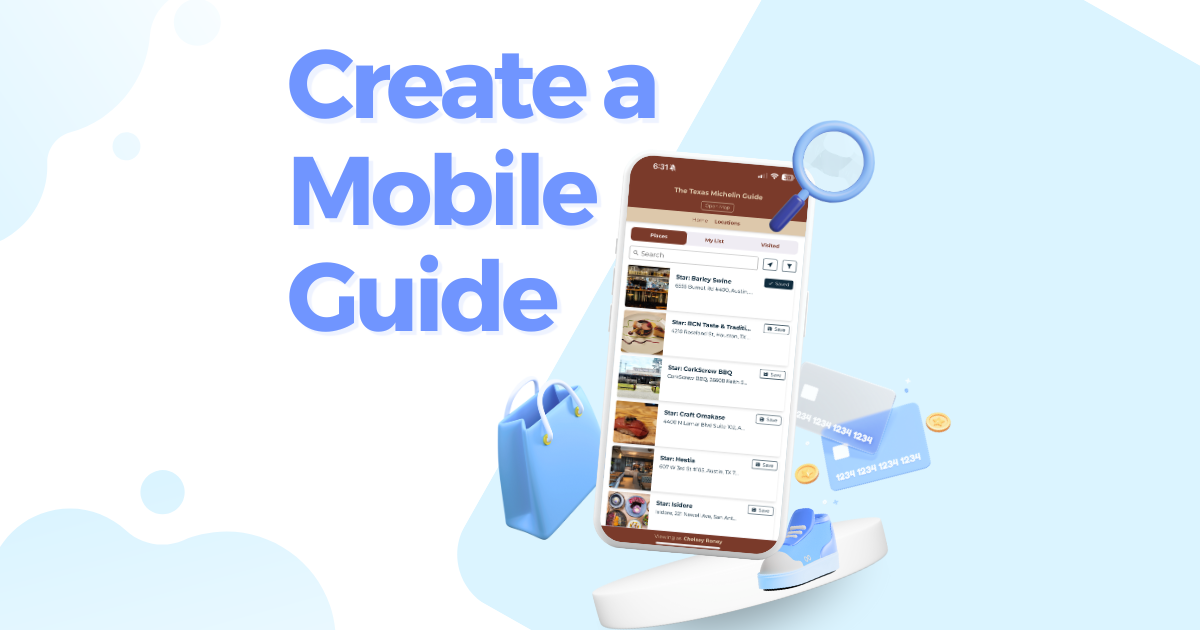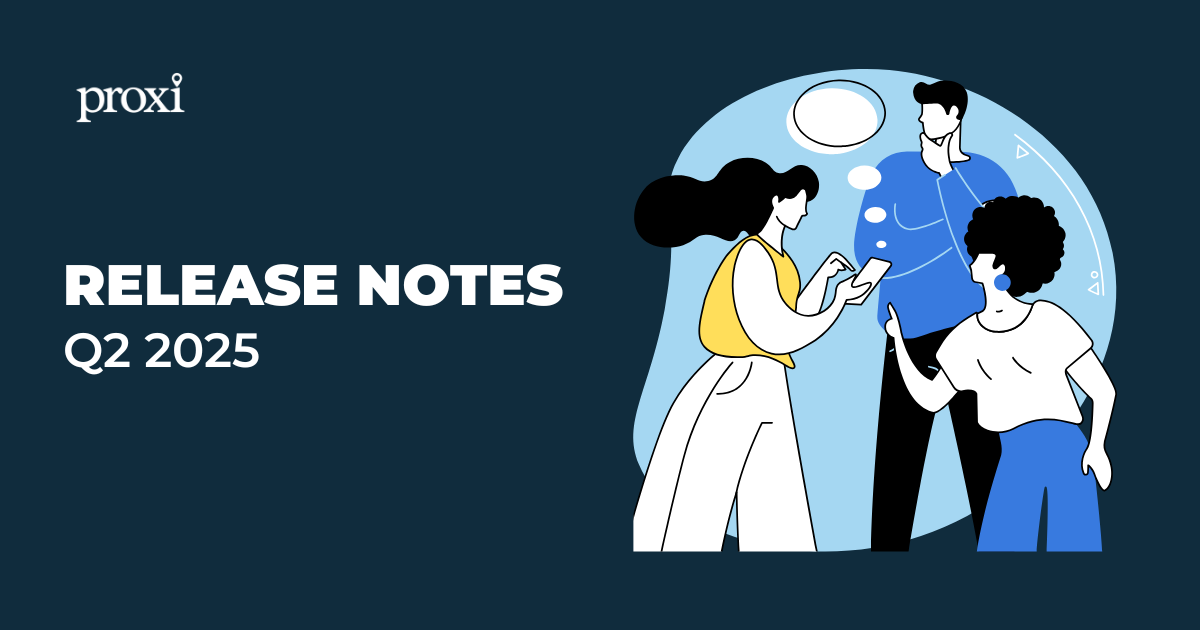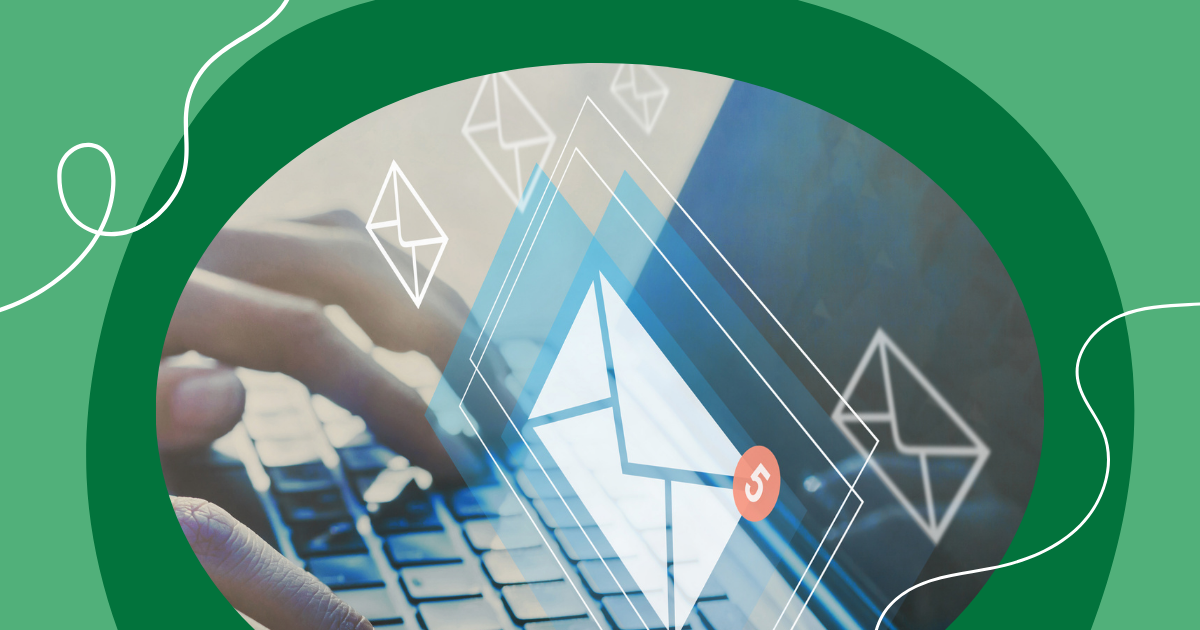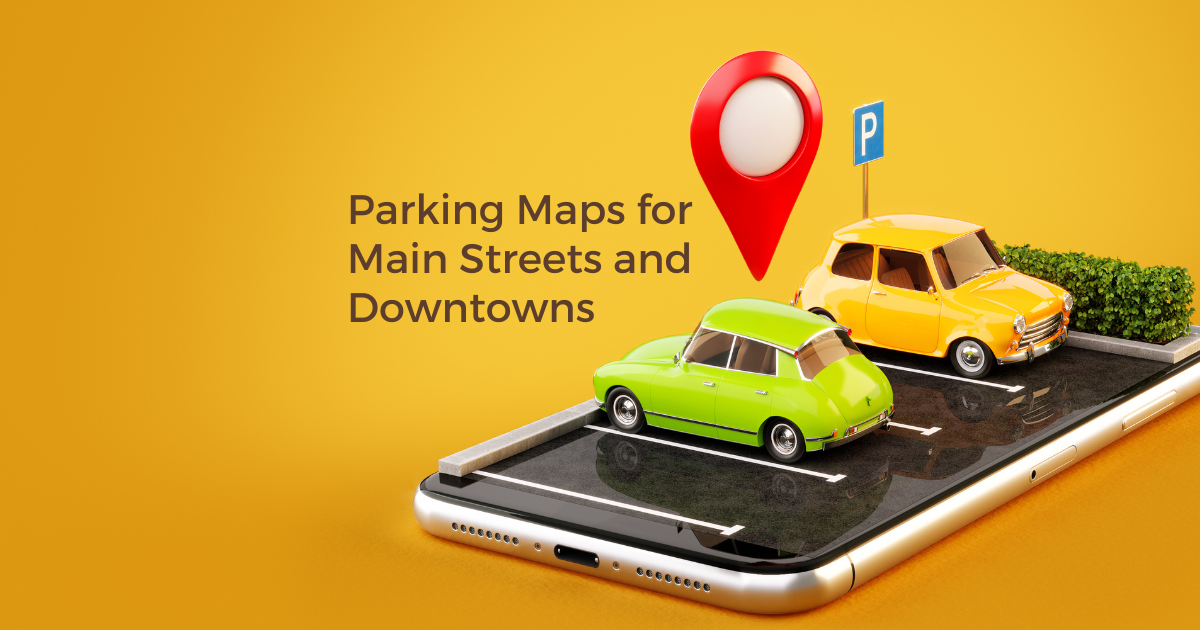
Think about Google. Humans, in the end, are merging and revising data about the actual world to make Google maps better. In some instances, we may be conscious that we are actively mapping data, while in others, we may be completely oblivious.
Any time motorists use Google Maps for directions, they transmit their precise position to the search giant. Google calculates traffic conditions by comparing the actual distance you've traveled with the predicted one using your device's GPS.
On the other hand, Google Maps users may provide input in the form of suggestions. For instance, a user may inform Google about a newly constructed bridge in an outlying region. Google refreshes the map daily based on the user reports it receives.Traffic applications such as Waze also encourage drivers to report accidents and other occurrences on the road so that app users may get accurate and up-to-date information.
A collective effort like this is what crowdsourcing is all about. We need a vast community of people to help us gather, add to, and check our facts.
What Is A Crowdsourced Map?
When it comes to enhancing the precision and reliability of maps, crowdsourcing is an invaluable resource.
Although "crowdsourcing" has been around for quite some time, the concept itself is far older. It's a means for a massive group of people to contribute information about their local area, including streets, speed restrictions, landmarks, and more. Only a fraction of the information required by commercial mapping systems has been collected so far. This includes information on current traffic conditions, ongoing construction projects, whether or not a street is one-way, and so on.
The sheer volume of information used to develop online mapping systems begs the question: where does it all come from?
Most mapping tools lack a fast and cheap mechanism for collecting vast amounts of data; therefore, they must rely on crowdsourced data. The fact is that us regular folks gather the bulk of the information used to create maps.
Use Cases For Crowdsourced Maps
Let's get down to brass tacks here. It's elementary: better maps and more information mean better, more optimal journeys, and more reliable information on crisis response, event support, and timelines for manufacturing. With better data, we can pinpoint dangerous situations to prevent future mishaps.
Creating Community Maps
Crowdsourcing is a great way to get real-world insights from community members.
Accessibility information for outdoor areas may be communicated using crowdsourcing. Each map pin can represent a trail, birding area, or park, and clicking on the attached links can take you to a page with further details on the path's accessibility, such as its parking situation, slope, and current condition (muddy, rocky, under construction, etc.). Anyone interested in the great outdoors may also share their thoughts on the pin descriptions and see their feedback reflected on the map in real-time.
Other crowdsourced community map ideas are:
- The best restaurants and bars;
- Fun things to do; and
- Places offering specials and discounts.
Tracking Emergencies
Ushahidi, a non-profit organization, gained global attention following the 2010 Haiti earthquake. Immediately following the quake, Ushahidi utilized crisis mapping, which enabled volunteer mappers in different time zones to begin plotting, merging, and mapping information gathered from various sources, such as social and mainstream media and the affected community through texts and the internet to provide a graphical representation of the latest reports on damages, incidents, and calls for help.
As an alternative, OpenStreetMap compiled a complete digital map of Haitian infrastructure, including camps, buildings, and roads, using crowdsourced volunteer input gleaned from satellite photos and GPS surveys, thereby providing a visual representation of the Haitian disaster. As a result, several humanitarian groups, including the World Bank, benefited from the organization's accumulated data.
Using geographic map data, first responders can see where real-time events, shelters, hospitals, warehouses, and projects are located. In essence, it gives key individuals access and ability to communicate the information they need to monitor the needs of those impacted by disasters, coordinate emergency services, and distribute relief effectively to lessen the impact of catastrophic events.
Showing Surveillance
The use of video surveillance equipment has shown to be an effective weapon in the fight against crime and has even been shown to reduce crime rates in certain areas. Crowdsourcing a map of neighborhood security cameras may provide residents and police with a compelling new resource for dealing with and preventing street crime.
Some people may feel more secure knowing that over a thousand cameras have been put on a map. Business and school cameras and any other cameras observable from the public right-of-way may all be mapped by locals. Those at risk of being involved in hit-and-run incidents, such as runners, cyclists, and pedestrians, may benefit from having access to camera locations to map out safer, more closely monitored routes around the city.
Tracking Events
In the wake of Russia's invasion of Ukraine and the widespread use of misinformation campaigns, a crowdsourced map has been made accessible online to correct the record. It is crucial that information on civilian and military deaths reported from the ground be accurate.
When you click on a color-coded marker on the map, you'll get more critical information about the area, the current situation, and the most recent Tweets from reputable digital sources, giving you a complete picture of what's happening right now.
Coordinate And Show The Impact Of Social Causes
Local green spaces, such as bike racks, solar-powered apartment buildings, and community gardens, may all be marked on an open-source map. People who like exploring their surroundings and learning about flora and fauna may also add their findings to an online map. This will aid in the monitoring of new species and environmental changes by local experts.
How To Create A Crowdsourced Map
- Set down an objective for the map you're making;
- Use a platform that simplifies the use of crowdsourcing, like Proxi;
- Create the map; and
- Distribute the map to the individuals in the community who can submit data.
Related Articles
Get Inspired
View All Featured MapsAdventure Awaits!
Check out some of the latest articles on our blog







.png)
